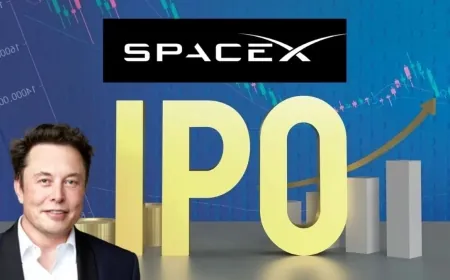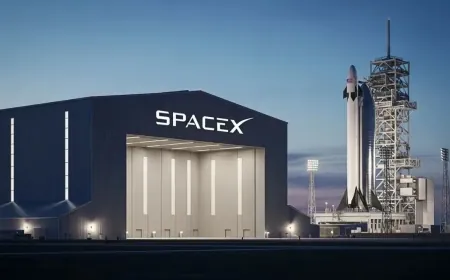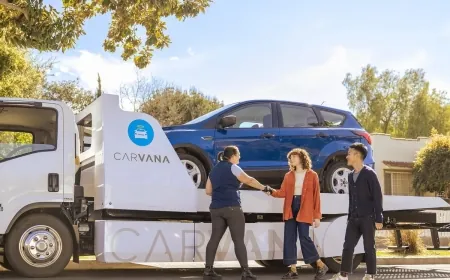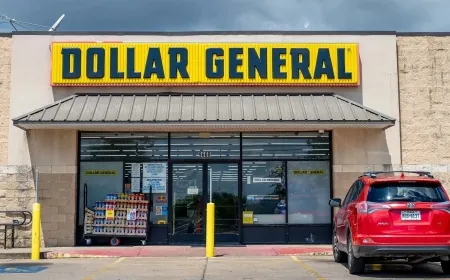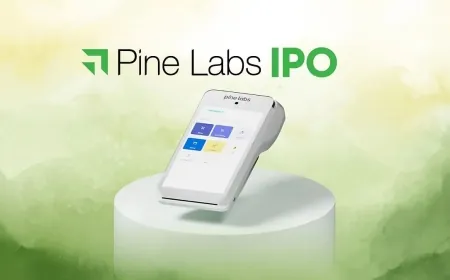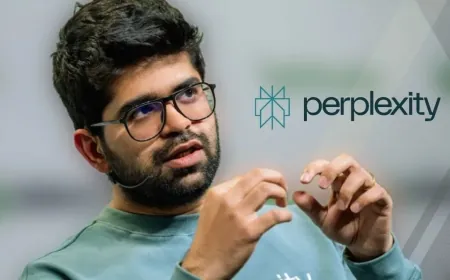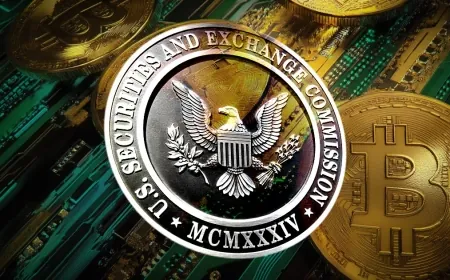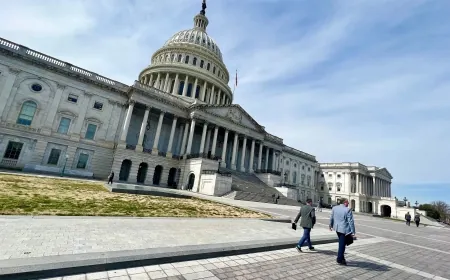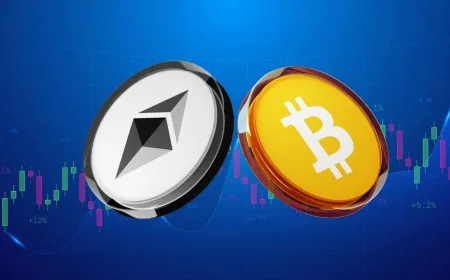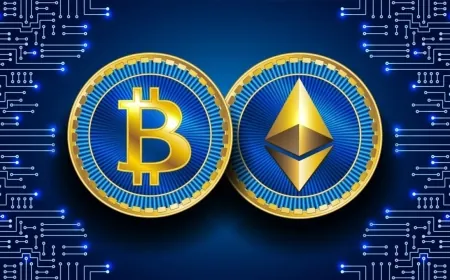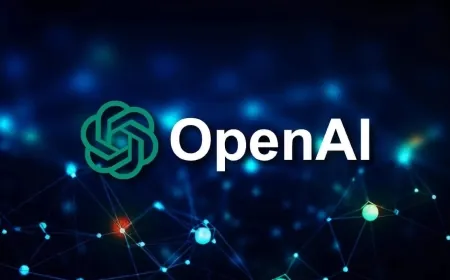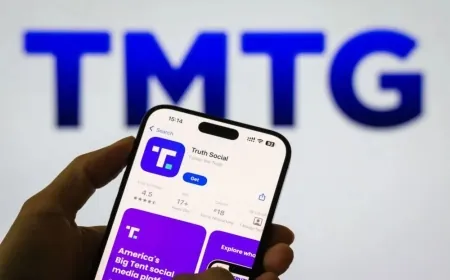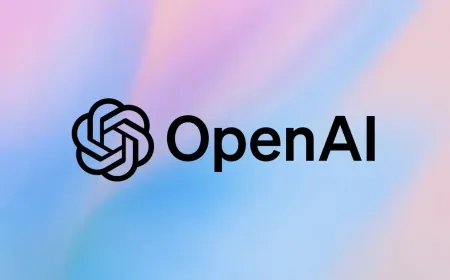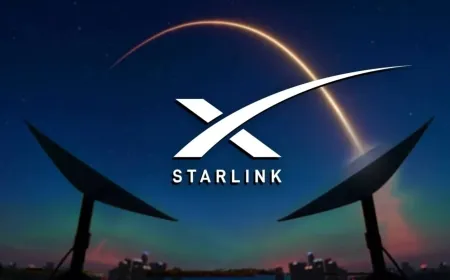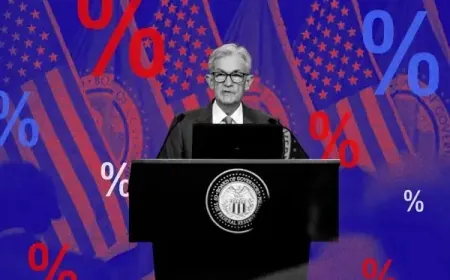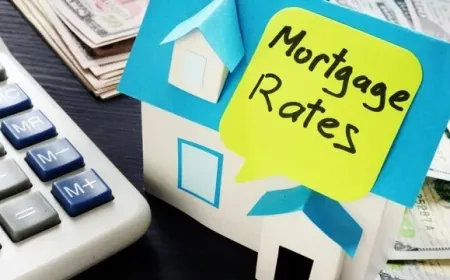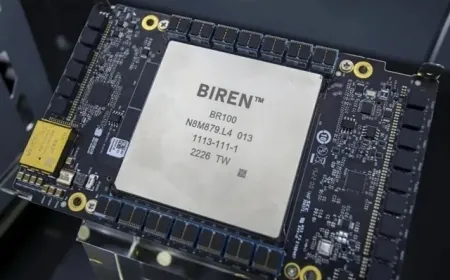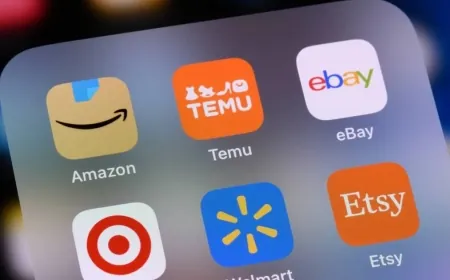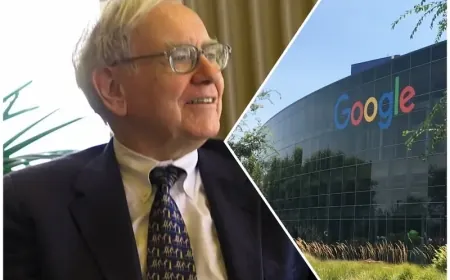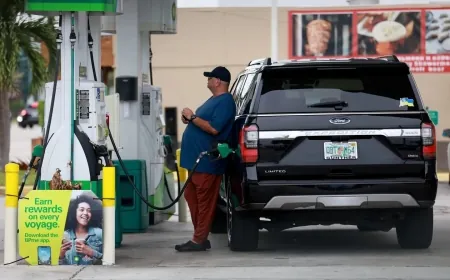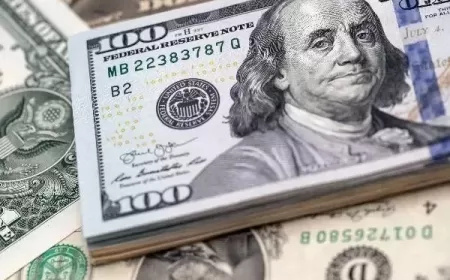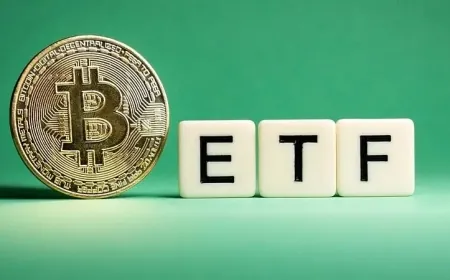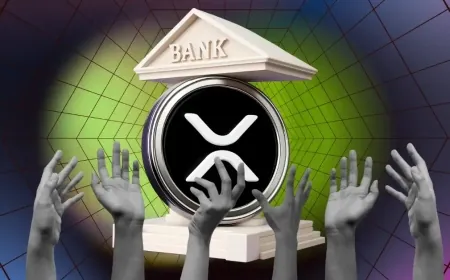Circle Opens Arc Blockchain Testnet With BlackRock, Visa and AWS
Circle opens Arc testnet to 100+ firms, including BlackRock and Visa, to test stablecoin payments and on-chain FX settlement.
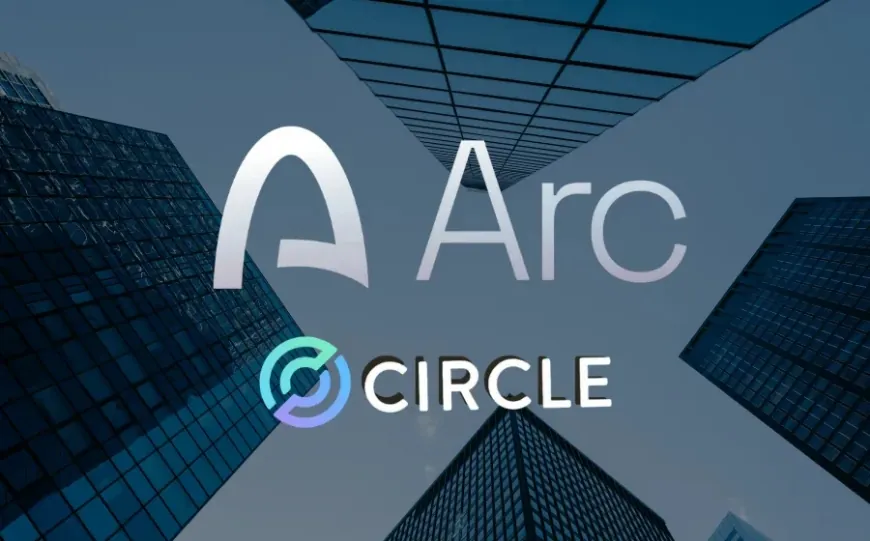
Key Highlights
-
Circle has opened testing of its new blockchain, Arc, a network that supports stablecoin payments and settlements between institutions.
-
More than 100 firms — including BlackRock, Visa, Mastercard, Amazon Web Services, Goldman Sachs, and Deutsche Bank — are part of the pilot.
-
Arc has a foreign exchange system that lets users exchange one stablecoin for another, such as USDC, JPYC, or BRLA.
-
Transactions run through verified participants with fixed dollar fees and confirm in under a second.
-
Circle is operating the network during testing and plans to let approved financial institutions run their own validator nodes later.
-
The pilot covers cross-border payments and fund transfers, with limited live trials expected in 2026 after security and compliance review.
SINGAPORE — Circle Internet Financial, the issuer of the USDC stablecoin, has launched a public testnet for its new blockchain network, Arc, bringing over 100 companies — including BlackRock, Visa, Amazon Web Services, and several global banks — into early testing.
Arc is designed to process financial transactions using stablecoins instead of traditional bank payment rails.
The network allows direct, real-time transfers between digital currencies that are backed by national currencies such as the U.S. dollar, Japanese yen, or euro.
Network Focused on Institutional Payments
Arc operates as a permissioned Layer-1 blockchain, where all participants are verified before accessing the system.
It uses fixed, dollar-based transaction fees and confirms payments in less than a second.
Circle said the setup is aimed at institutions that need predictable costs and regulatory compliance rather than open-market speculation.
The network connects with Circle’s existing USDC infrastructure so financial institutions can clear transactions directly in digital dollars without using the SWIFT network or correspondent banks.
Participants in the Testnet
More than 100 companies have joined the testing phase.
These include asset managers such as BlackRock and Goldman Sachs; banks including BNY Mellon, HSBC, Deutsche Bank, and Standard Chartered; and payment firms Visa and Mastercard.
Technology partners AWS and Cloudflare are providing connectivity and infrastructure support.
Crypto trading platforms Coinbase, Kraken, and Robinhood are testing wallet and exchange integrations.
Regional stablecoin issuers — JPYC in Japan, BRLA in Brazil, and QCAD in Canada — are also connected for currency-pair testing.
Integrated Foreign Exchange System
A central component of Arc is its on-chain foreign exchange (FX) engine, which allows one stablecoin to be exchanged directly for another.
This mechanism supports near-instant swaps between tokens pegged to different fiat currencies, enabling faster international transfers.
For example, a payment in Japan’s JPYC could be converted to U.S. dollars through USDC within seconds on the same network, without intermediaries.
Circle said the FX engine is designed to meet financial compliance requirements, including full audit trails for institutional reporting.
How Circle Is Running the Testnet
Arc is still being operated entirely by Circle engineers.
Every transaction on the test network passes through nodes maintained in-house, with partner banks connecting through controlled access points rather than public blockchain wallets.
Several participants said Circle is using this phase to log system stress data — tracking latency, network throughput, and compliance audit trails before opening it to external validators.
A draft rulebook shared with banks sets out how institutions could later verify transactions directly, using licensed validator nodes linked to their existing regulatory oversight.
People involved in the pilot said no commercial launch date has been agreed, but Circle has told partners that a transition to limited live trials could begin in 2026, depending on how the network performs under full institutional loads.
What the Tests Are Measuring
Most tests on Arc focus on practical clearing functions, not retail payments.
Companies are using simulated transfers to move funds between corporate accounts in different countries, test FX conversions between stablecoins, and evaluate whether those transactions can be settled within existing compliance rules.
Bank engineers involved said they’re comparing Arc’s timing and audit logs with traditional payment rails such as SWIFT and Fedwire.
The idea is to see whether blockchain infrastructure can meet the same reporting standards while reducing settlement windows from days to seconds.
Arc’s pilot overlaps with networks like JPMorgan’s Onyx and the Fnality platform, but unlike those systems, Arc is designed to support any compliant stablecoin, not just bank-issued tokens.
That makes it one of the few blockchain environments being tested simultaneously by global banks, payment companies, and stablecoin issuers.
Also Read: OpenPayd Partners with Circle to Power Real-Time Stablecoin (USDC) and Fiat Transactions





